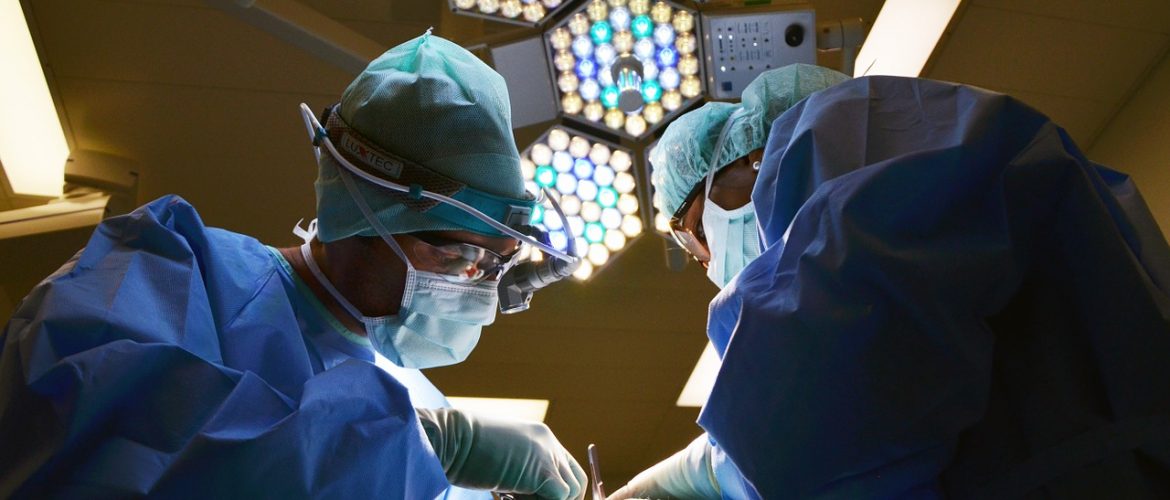If you are considering getting a facelift, you may be asking yourself how exactly does a facelift work. While you may know that it can make you look younger by tightening your skin, the process itself may not be that familiar to you. By removing the excess and sagging skin that can come with age, surgeons are able to lift the sin and leave it looking smoother and firmer. In most cases, it looks like the patient has turned back the clock by several years.
Different Types of Facelifts
For patients who are only fighting mild to moderate signs of aging, a mini-facelift may be all that they need to achieve the results that they are looking for. The procedure is much less invasive than a traditional facelift with shorter healing times and smaller incisions that can be usually be hidden behind the hairline and other natural creases by the ears. Some patients are even able to complete the procedure without being completely sedated which can greatly decrease recovery time. If timed correctly, a mini-facelift can allow patients to put off a standard facelift for years in some cases.
While considerably more invasive, a standard facelift typically comes with much more dramatic results. With standard facelifts, the incisions tend to be larger and are located in the hairline from the temple to the ears. By repositioning the tissue under the skin and getting rid of the extra skin that is the cause of the sagging, cosmetic surgeons are able to give the patient back the facial contours of their youth.
What a Facelift Can’t Do
It’s important to realize that facelifts don’t work on every part of the face, this is a common misconception. In general, facelifts only make a difference for the lower 2/3rds of the face which means that the area around the eyes requires separate procedures in order to make a difference. Because of this, it is not uncommon for patients to have multiple procedures performed at the same time as their facelift. Some of these include eyelid and brow lifts as well as neck contouring in order to restore a youthful look to the whole face.
Aftercare
It’s very important to follow the surgeon’s instructions after the procedure has been performed to ensure that the incisions heal properly and that the results are the best they can possibly be. For around 4 weeks, it is advised that strenuous activity is avoided. Fortunately, it only takes about 2 weeks for most daily activity to be able to be resumed. When it comes to mini-facelifts, recovery is considerably shorter.
Unlike plastic surgery performed on other body parts, facelifts are hard to cover up with clothing and other accessories. There will be a considerable amount of swelling in the area, especially for the first few days. After the first week, a decent amount of patients feel comfortable being seen in public but makeup should only be worn after the surgeon deems it to be safe. One of the most important parts of surgical aftercare is keeping the area protected from the sun, this will allow the scars to heal better and reduce the risk of sunburn.
If you are looking for plastic surgeon, this clinic is generally considered the Best Plastic Surgeon NYC.


